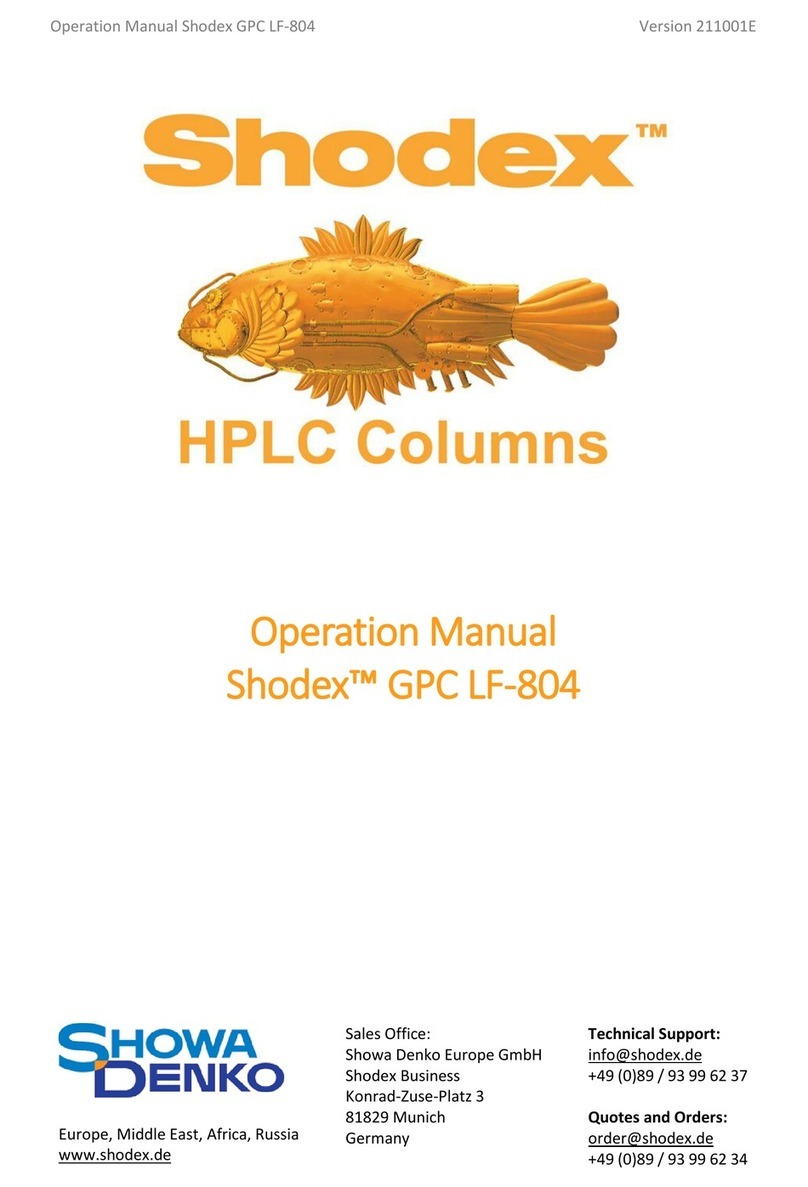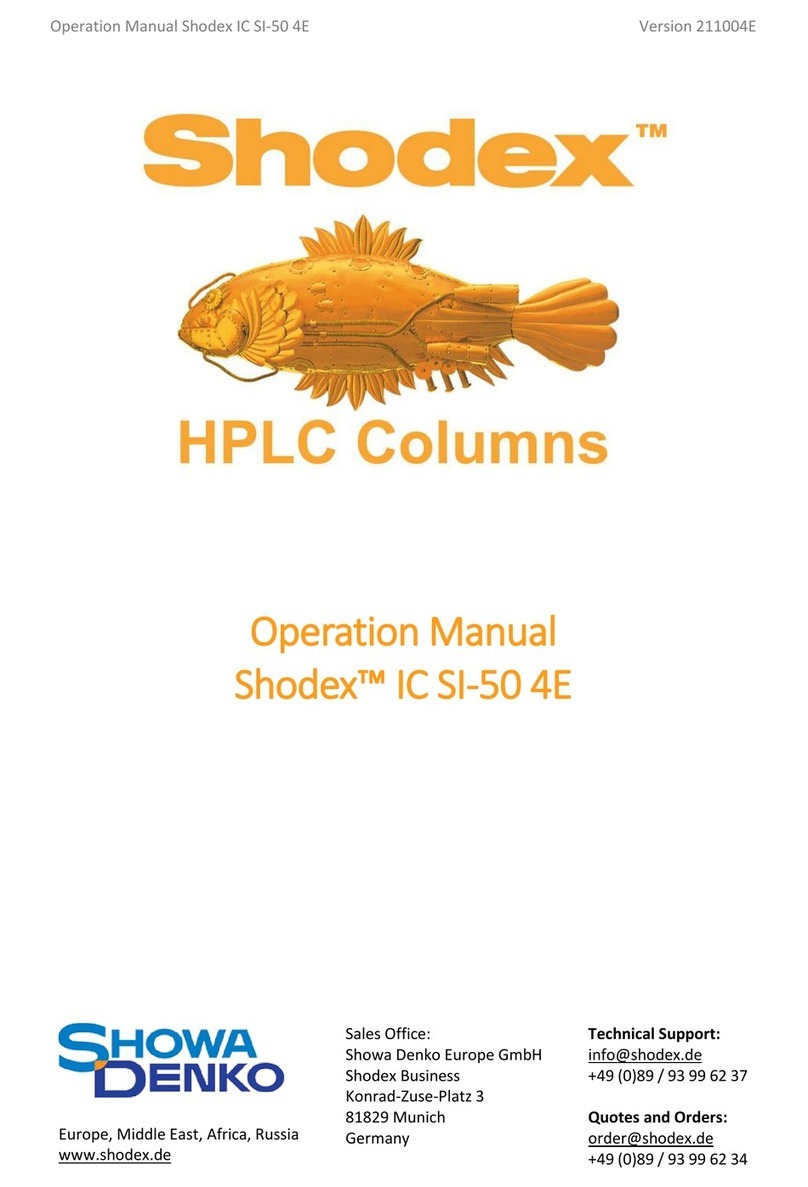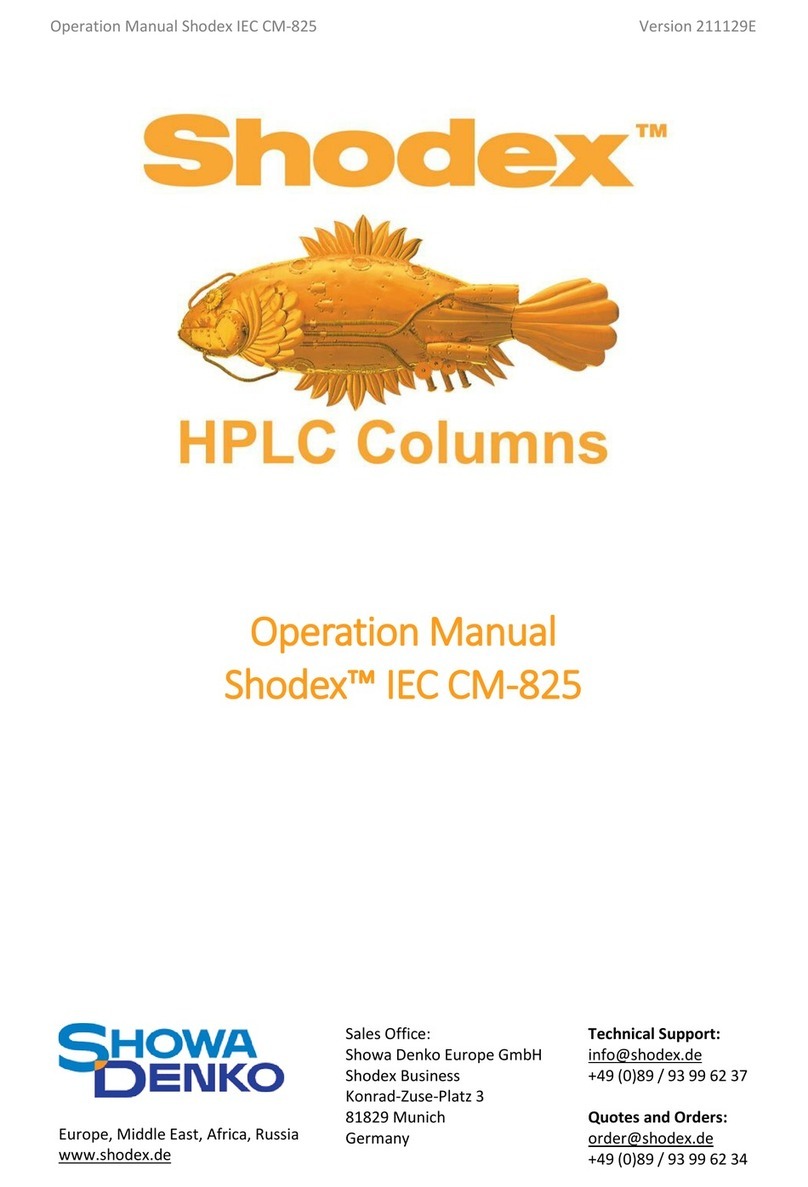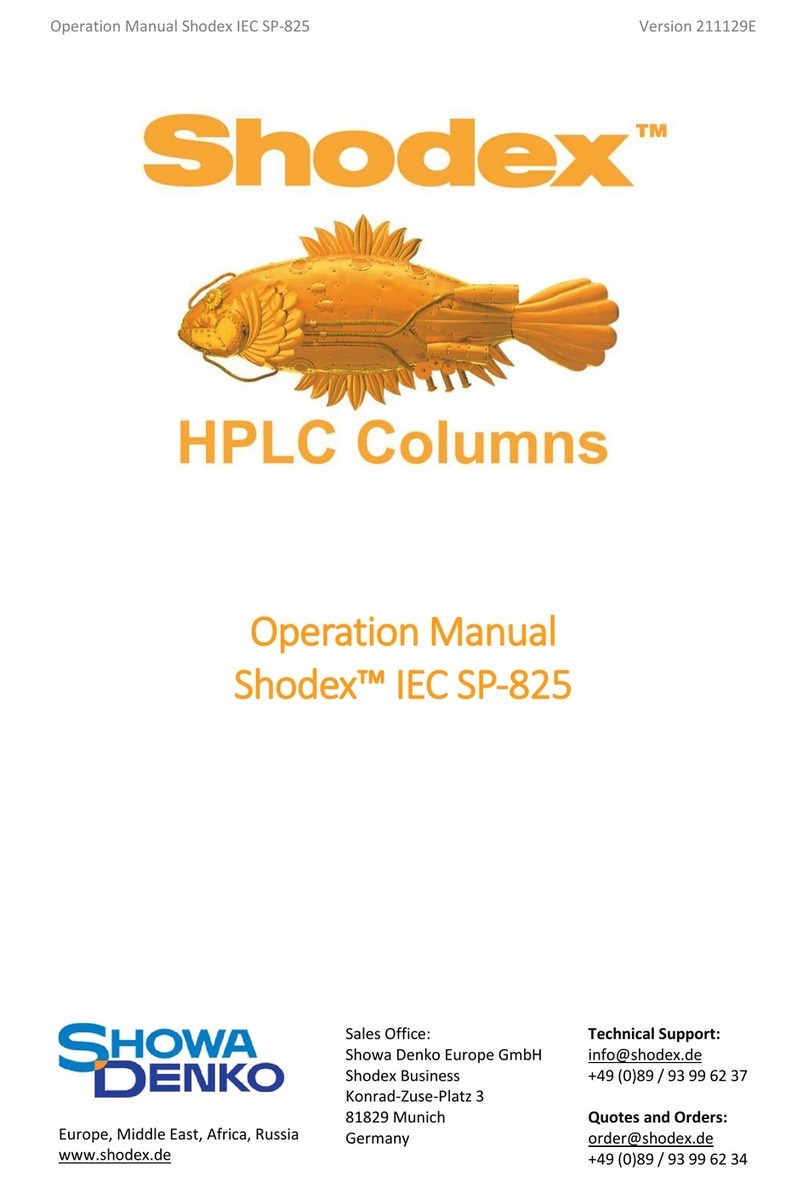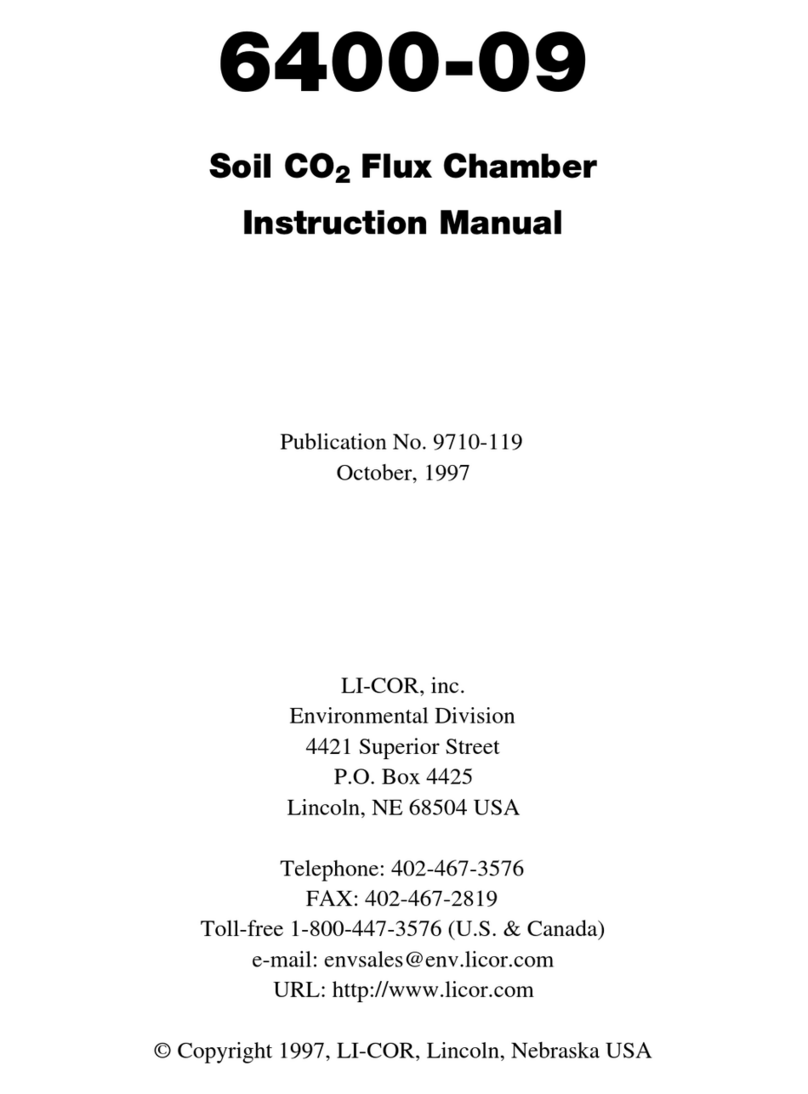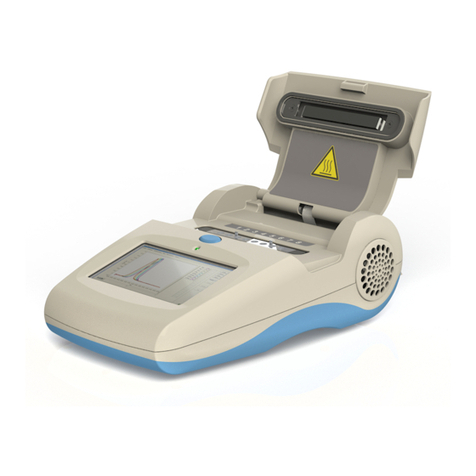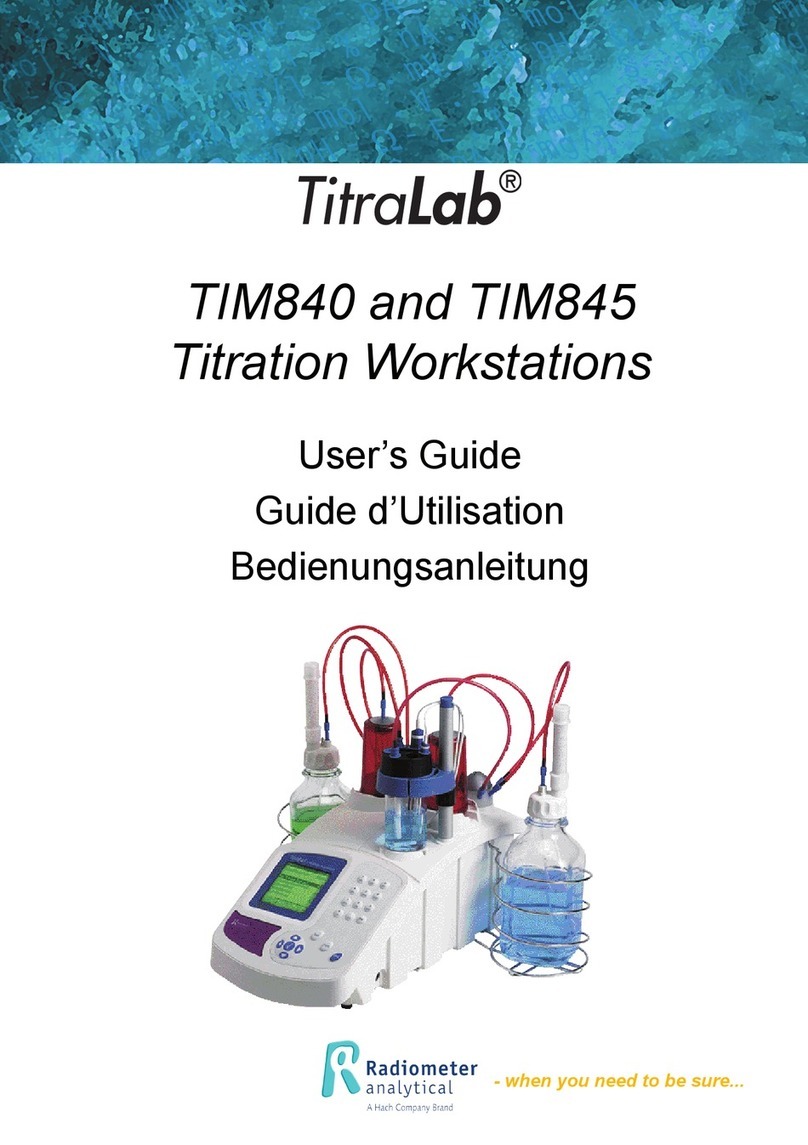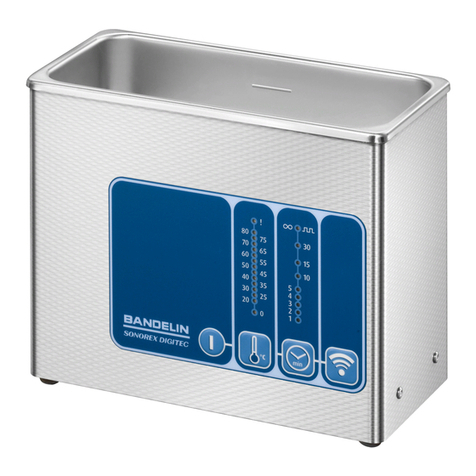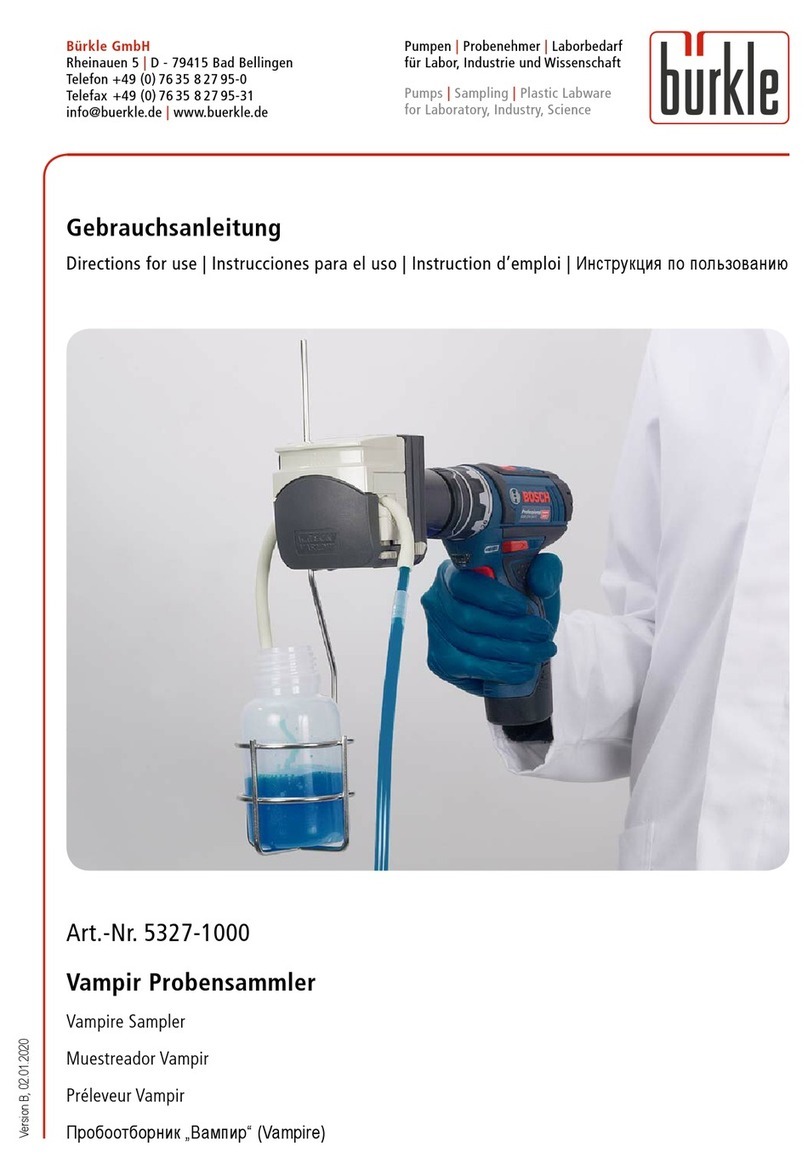Showa Denko Shodex OHpak LB-800 Series User manual








This manual suits for next models
14
Table of contents
Other Showa Denko Laboratory Equipment manuals

Showa Denko
Showa Denko Shodex RSpak NN-814 User manual
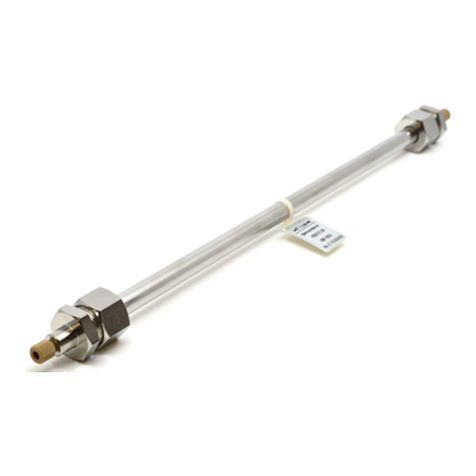
Showa Denko
Showa Denko Shodex RSpak JJ-50 2D User manual
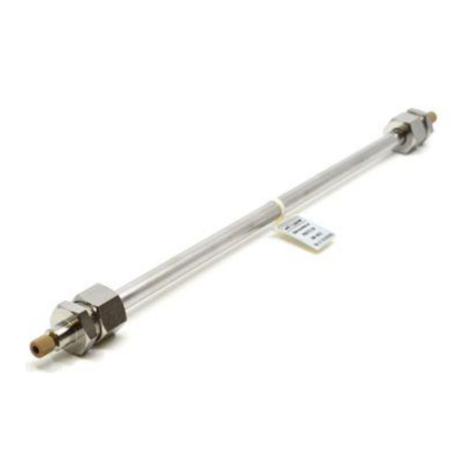
Showa Denko
Showa Denko Shodex RSpak DS-413 User manual
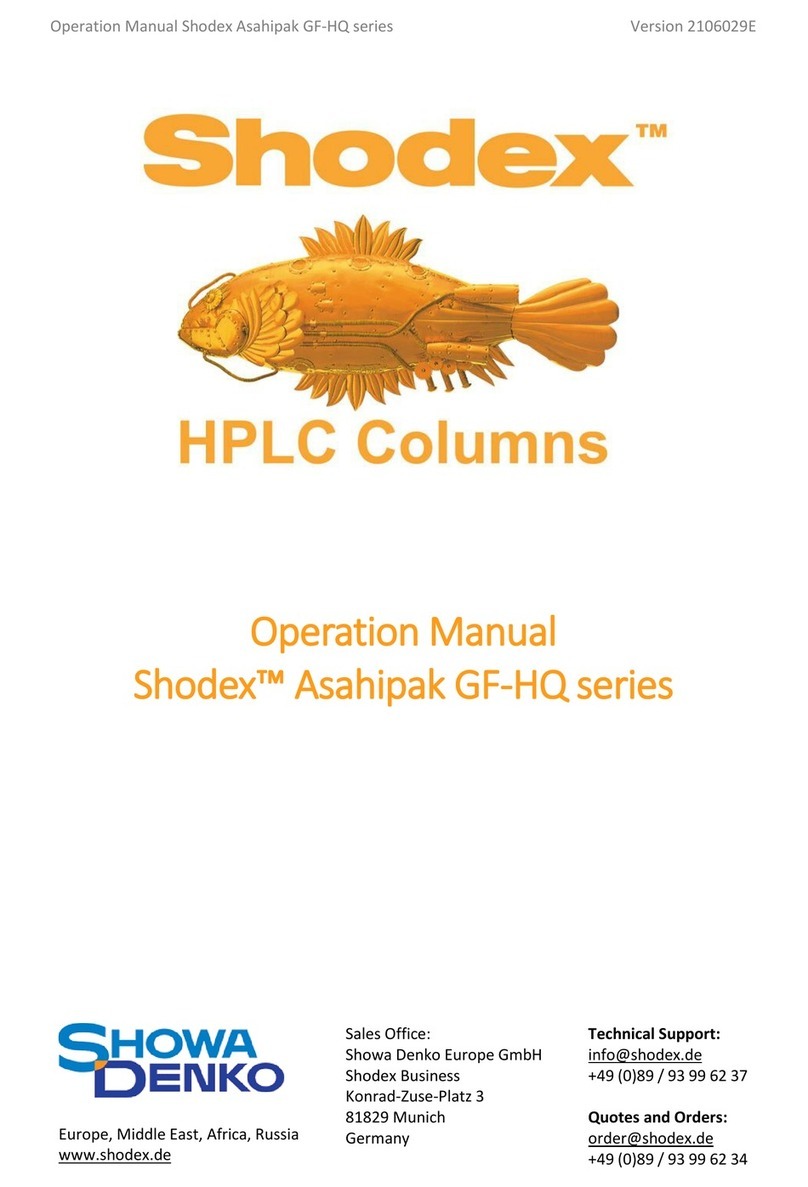
Showa Denko
Showa Denko Shodex Asahipak GF-HQ Series User manual
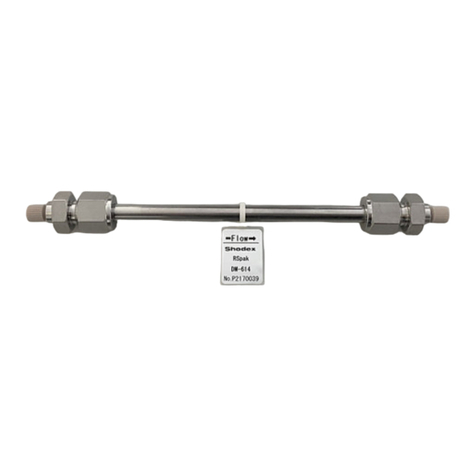
Showa Denko
Showa Denko Shodex RSpak DM-614 User manual
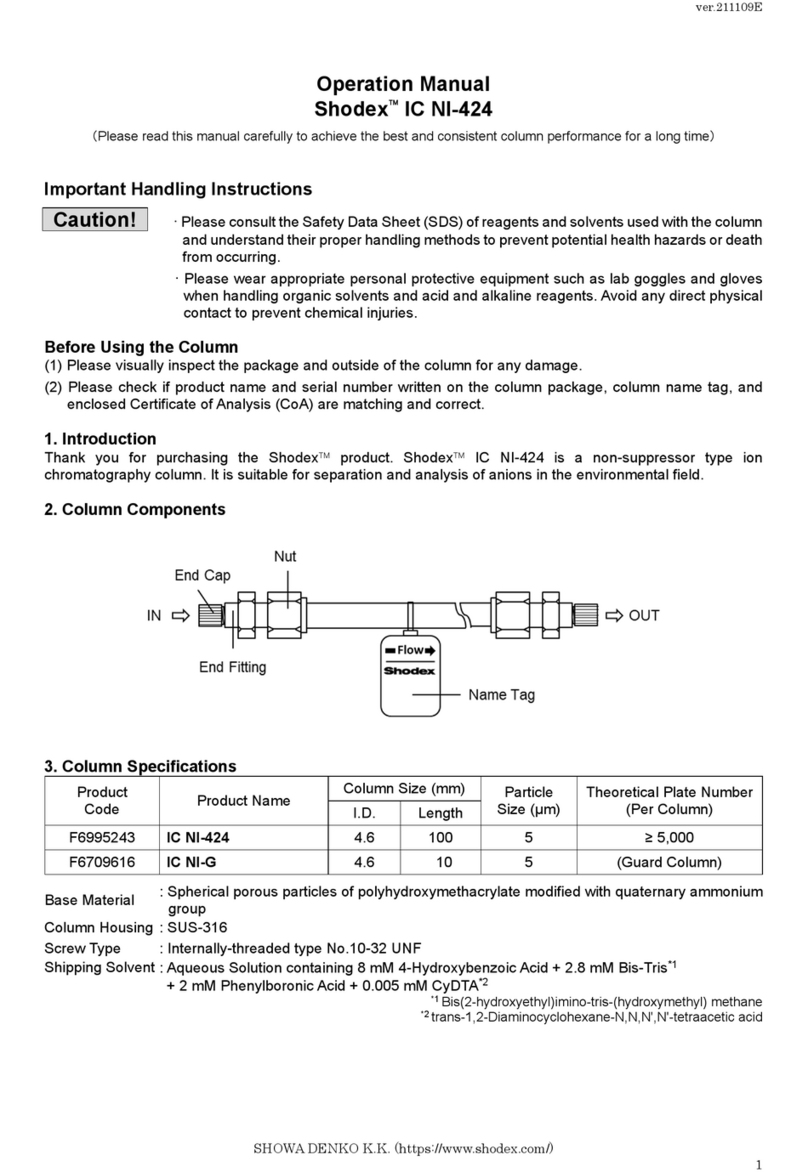
Showa Denko
Showa Denko Shodex IC NI-424 User manual
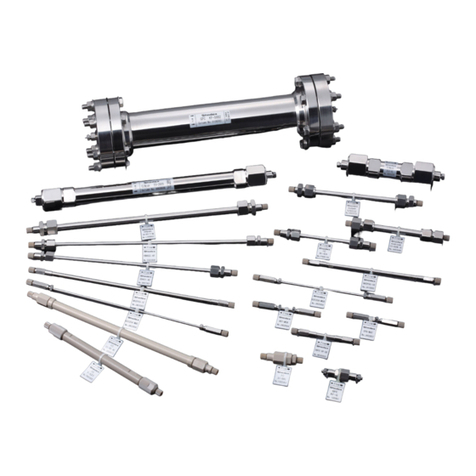
Showa Denko
Showa Denko Shodex IC SI-90 4E User manual
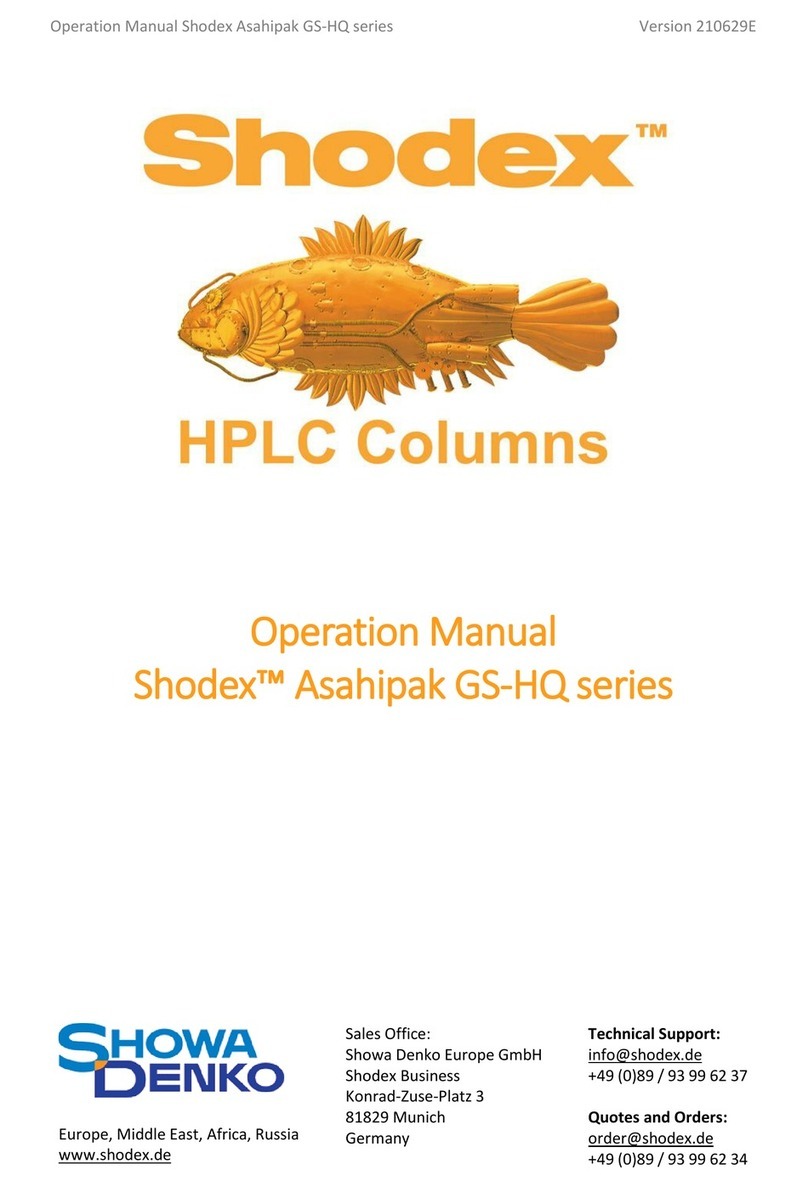
Showa Denko
Showa Denko Shodex Asahipak GS-HQ Series User manual

Showa Denko
Showa Denko Shodex C18U 2B User manual
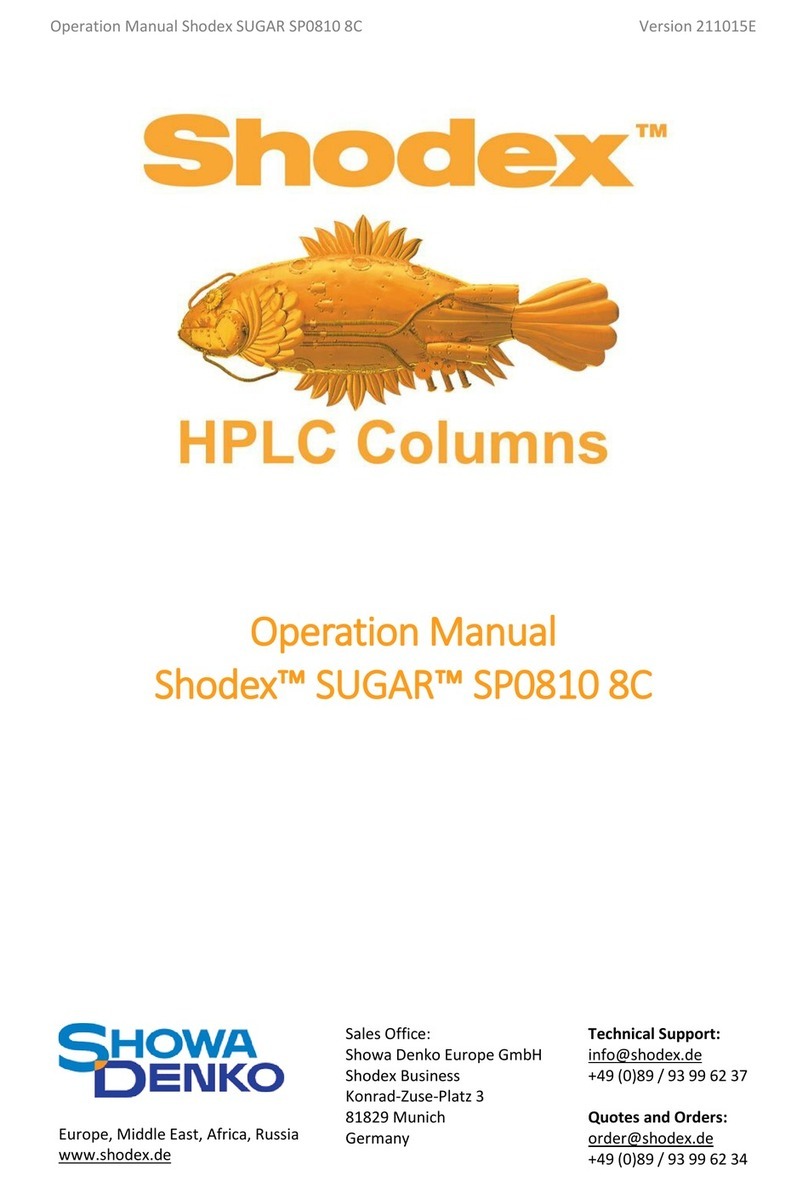
Showa Denko
Showa Denko Shodex SUGAR SP0810 8C User manual

Showa Denko
Showa Denko Shodex GPC LF-404 User manual
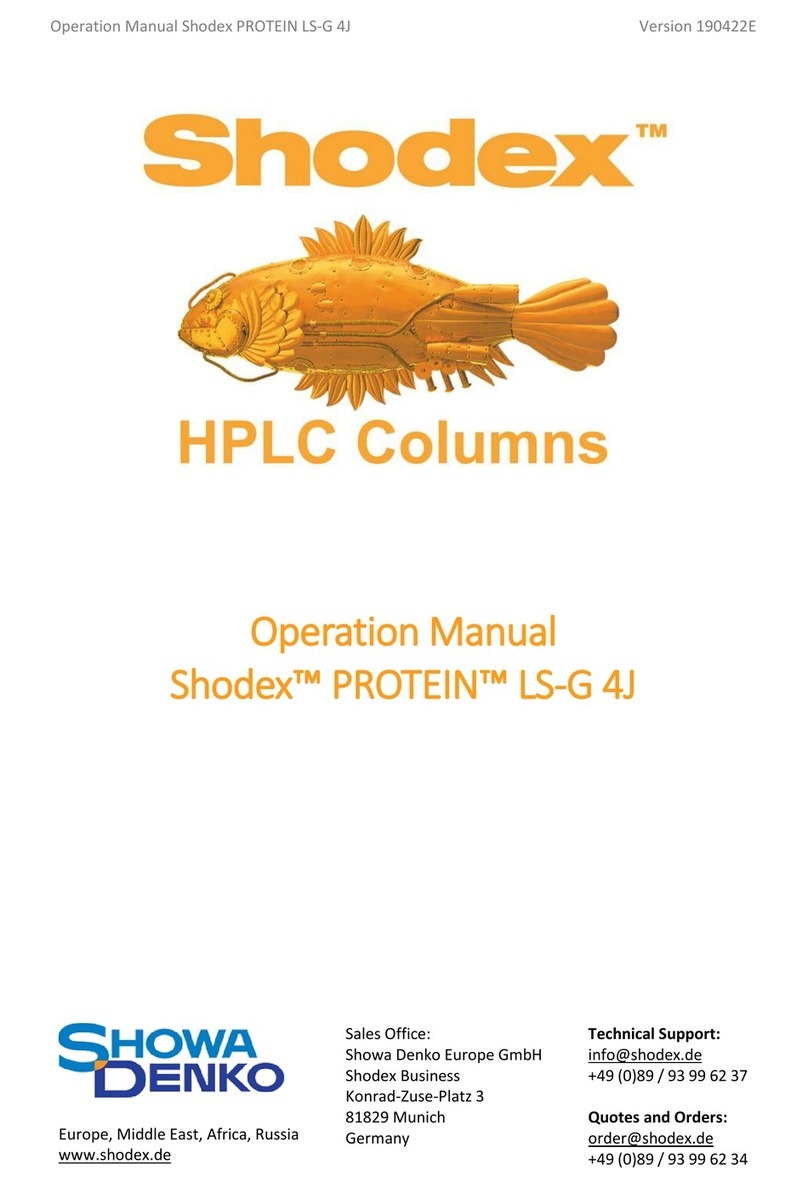
Showa Denko
Showa Denko Shodex PROTEIN LS-G 4J User manual

Showa Denko
Showa Denko Shodex GPC LF-604 User manual
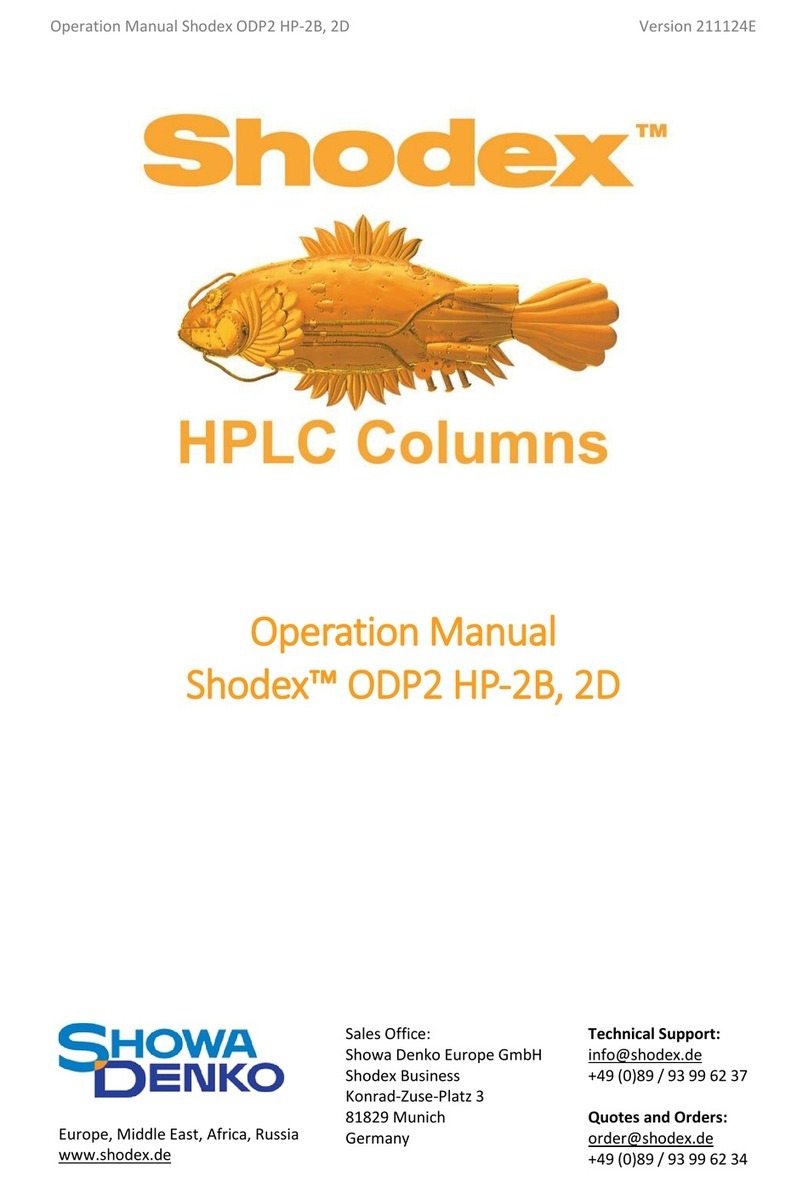
Showa Denko
Showa Denko Shodex ODP2 HP-2B User manual
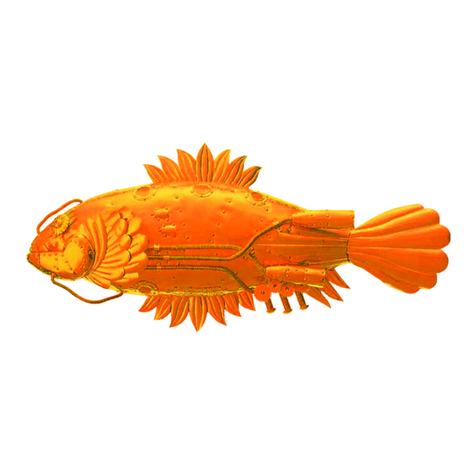
Showa Denko
Showa Denko Shodex IC Y-521 User manual
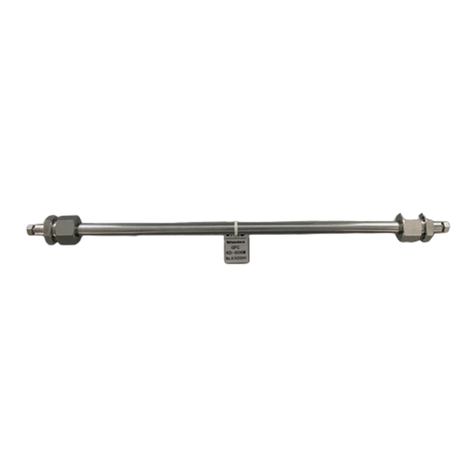
Showa Denko
Showa Denko Shodex GPC KD-800 Series User manual
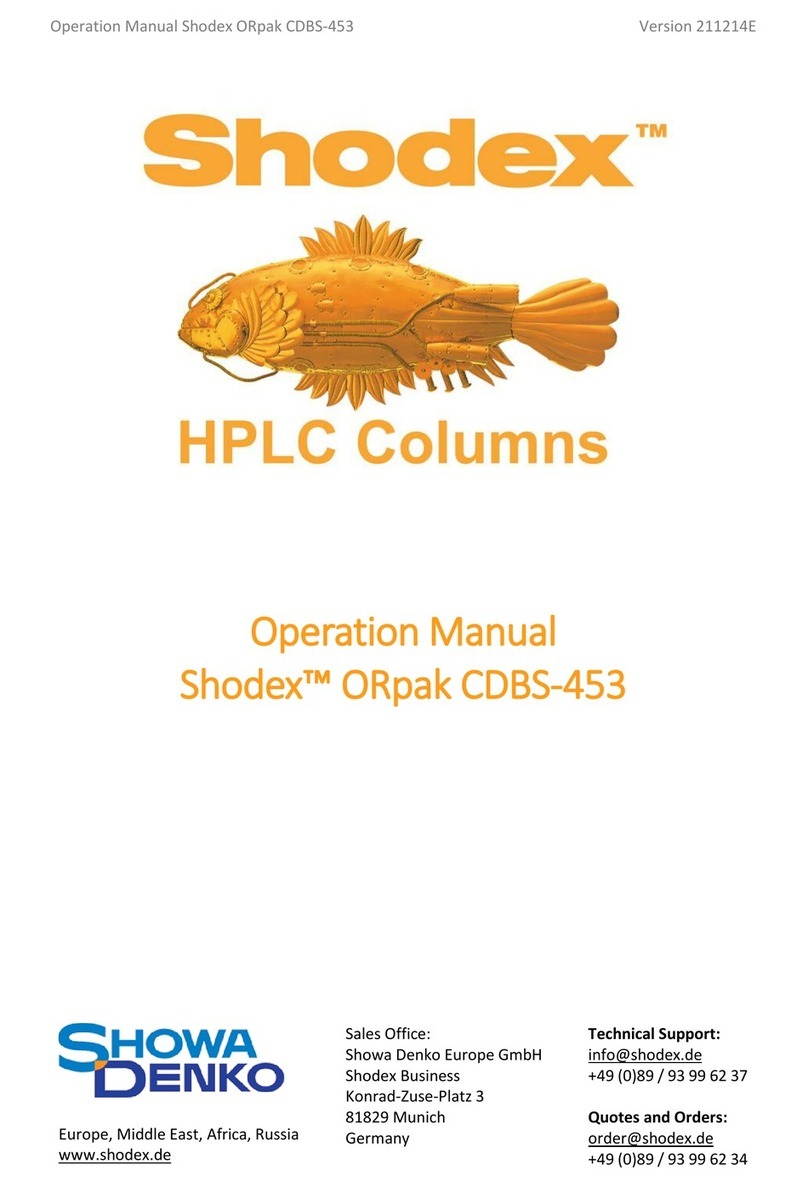
Showa Denko
Showa Denko Shodex ORpak CDBS-453 User manual
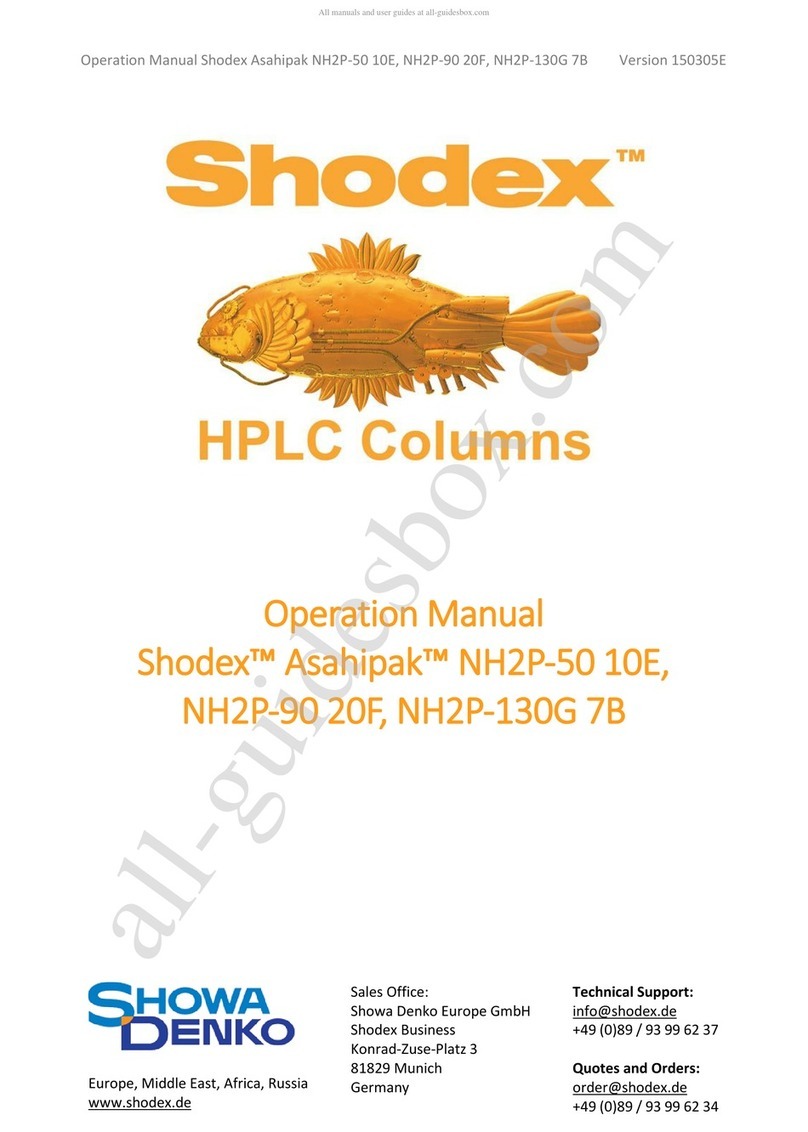
Showa Denko
Showa Denko Shodex Asahipak NH2P-50 10E User manual
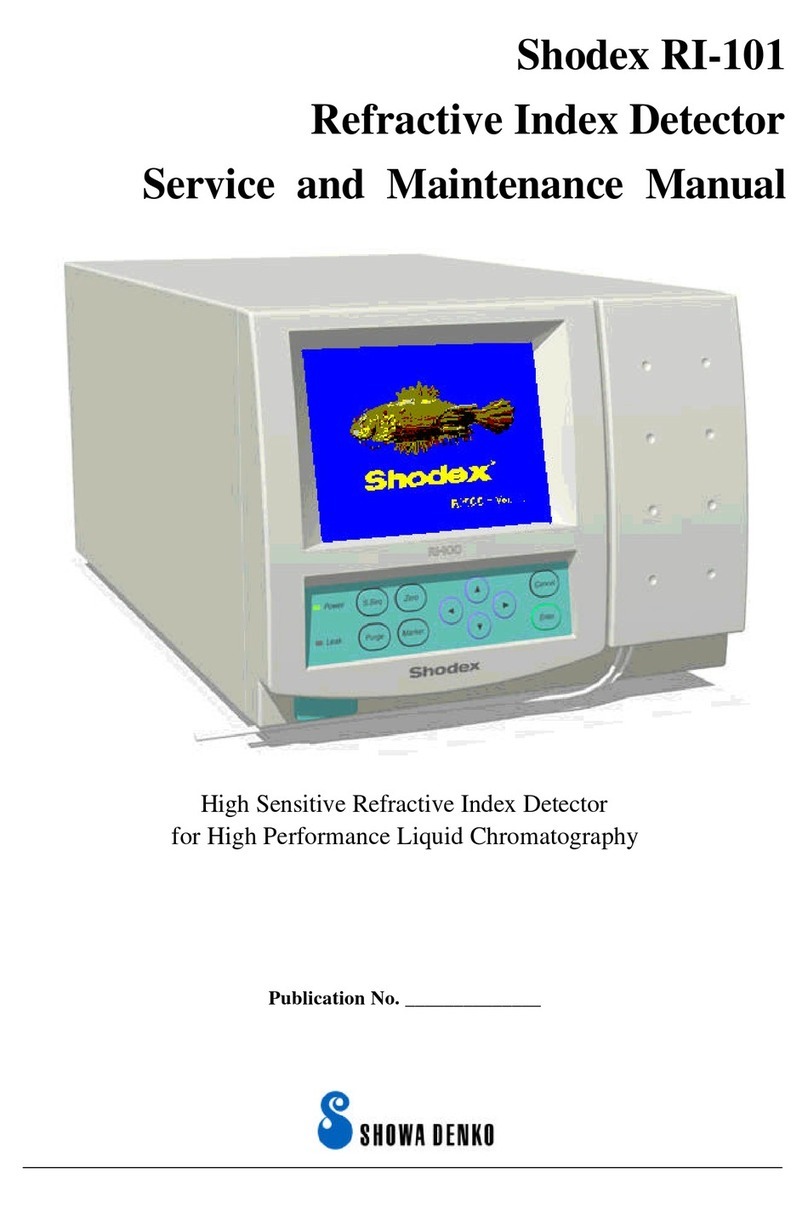
Showa Denko
Showa Denko Shodex RI-101 Installation and user guide
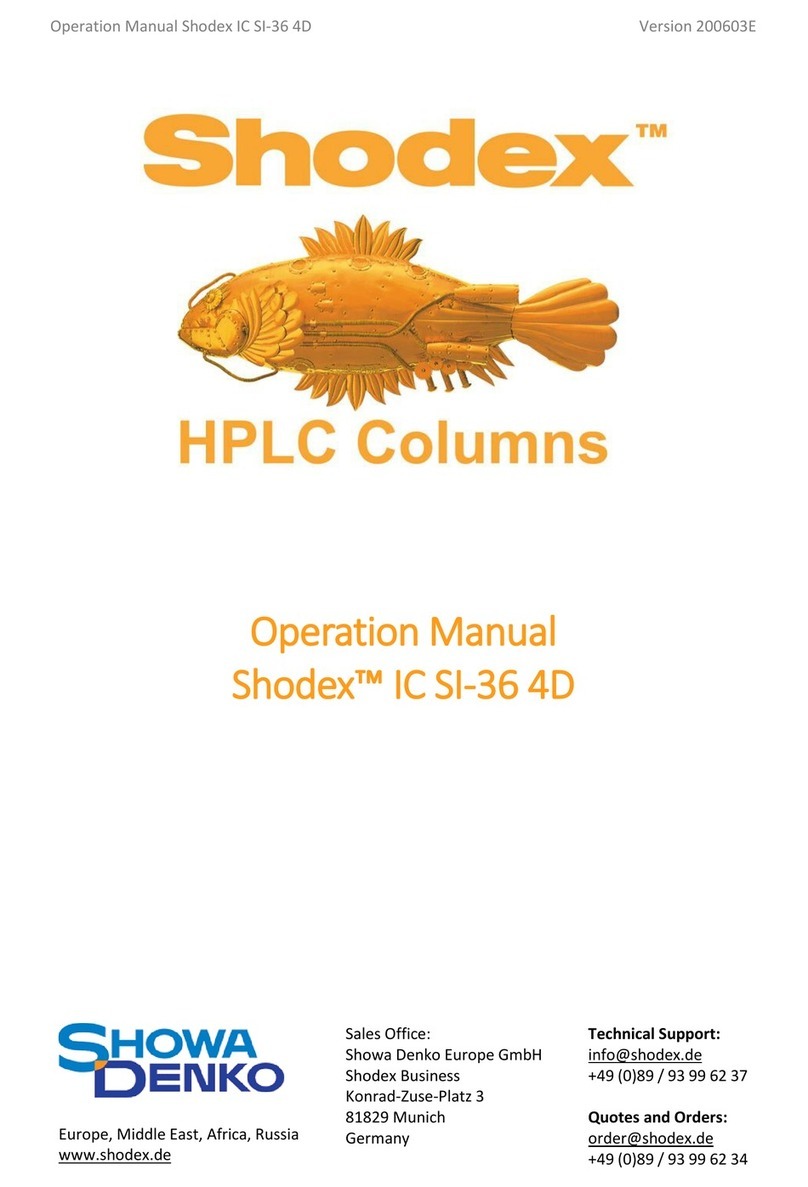
Showa Denko
Showa Denko Shodex Shodex IC SI-36 4D User manual
Popular Laboratory Equipment manuals by other brands
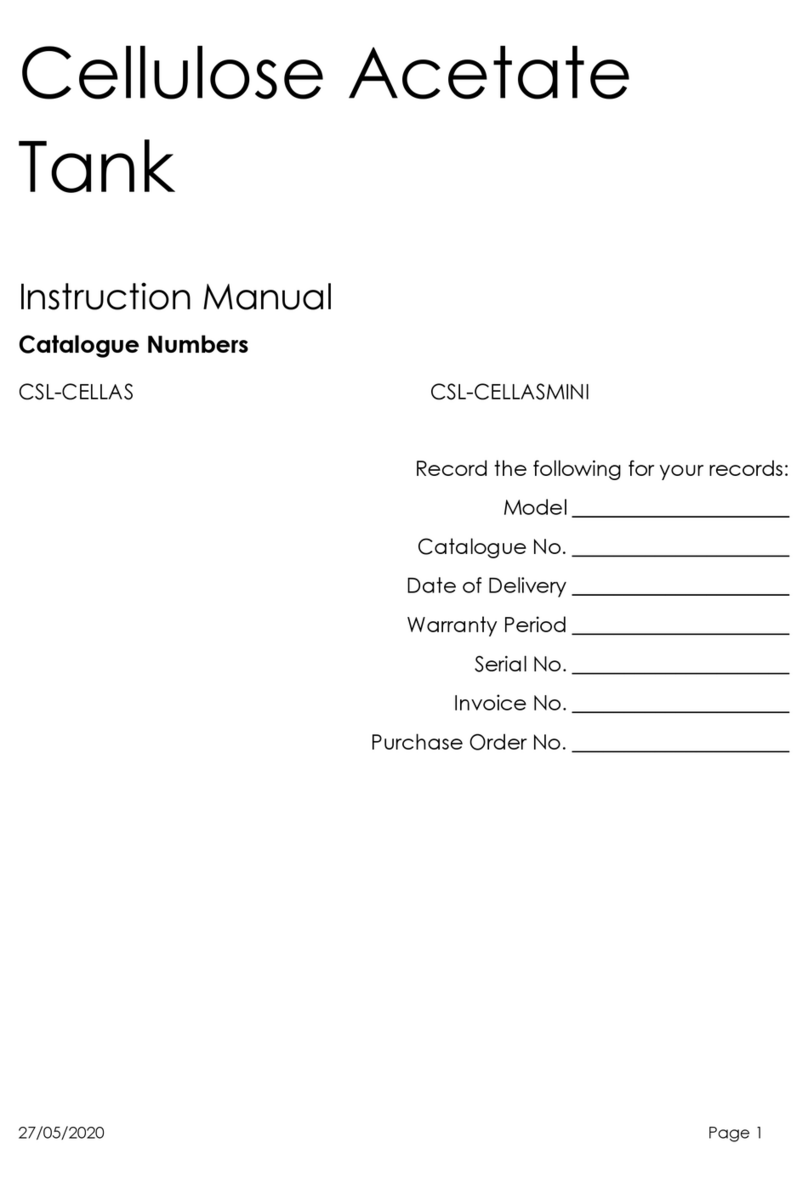
Cleaver Scientific
Cleaver Scientific CSL-CELLAS instruction manual

Centurion Scientific
Centurion Scientific Pro-Research instruction manual

Newport
Newport Oriel VeraSol LSS-7120 user guide

Thermo Scientific
Thermo Scientific mySPIN 6 instruction manual
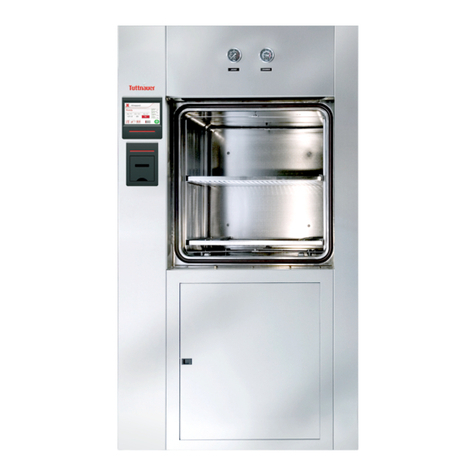
Tuttnauer
Tuttnauer 6690 STS-1V Operation & maintenance manual
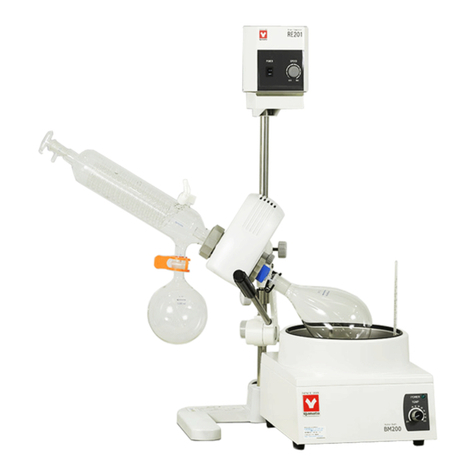
Yamato
Yamato RE201 instruction manual
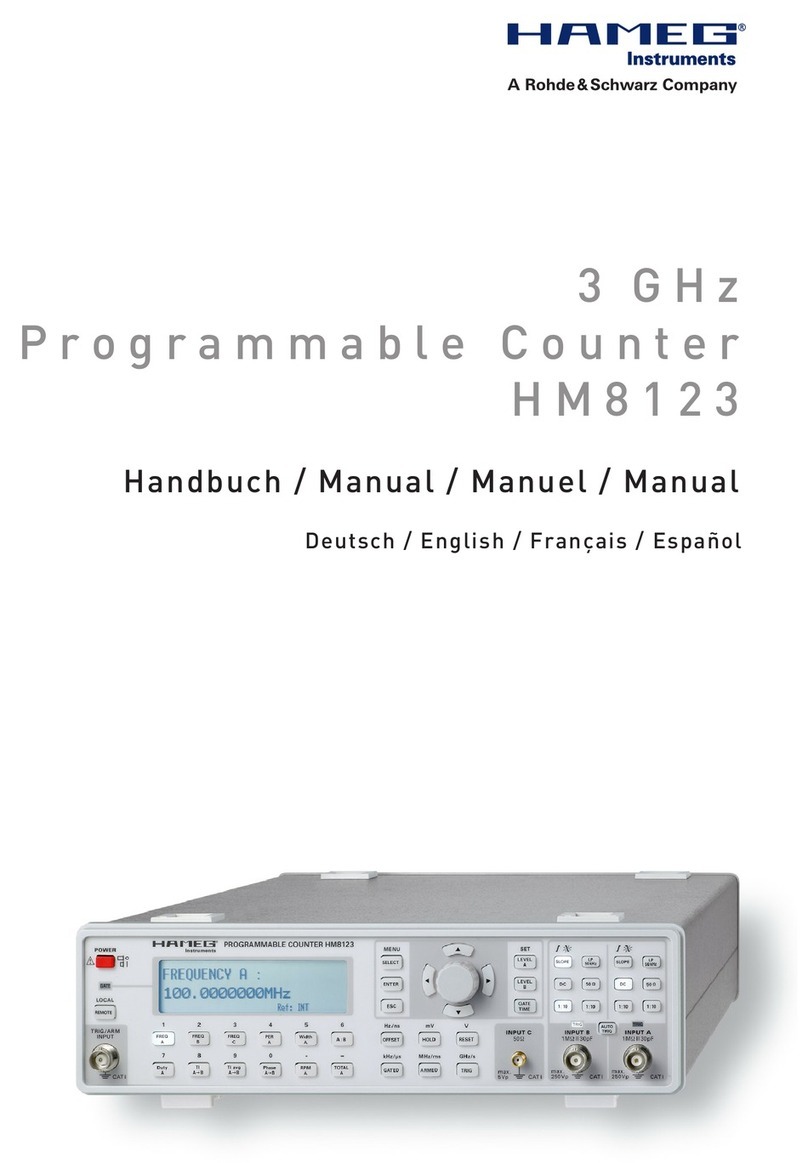
Hameg
Hameg HM8123 user manual

WLD-TEC
WLD-TEC gasprofi1 micro operating instructions
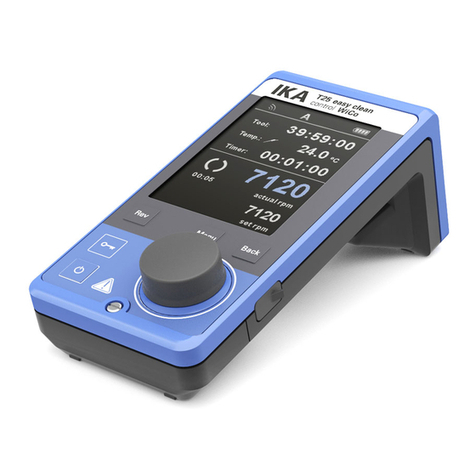
IKA
IKA WiCo T25 Easy Clean Control operating instructions

Leica BIOSYSTEMS
Leica BIOSYSTEMS VT1000 S Instructions for use
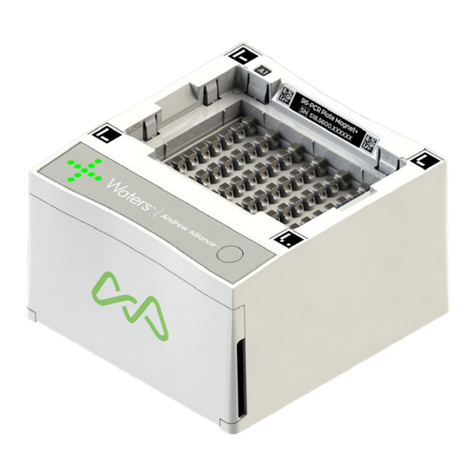
Waters
Waters Magnet+ user manual
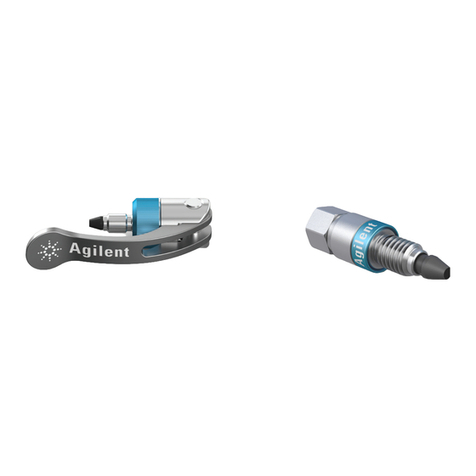
Agilent Technologies
Agilent Technologies ZORBAX RRHT Series user guide
